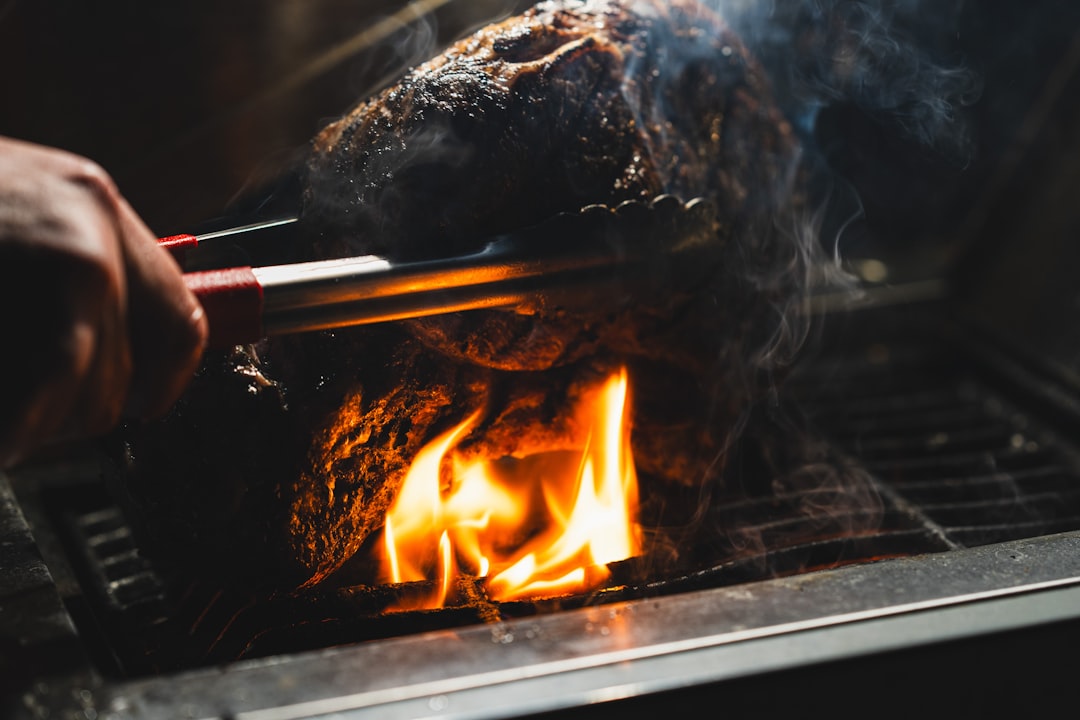Onions are a staple ingredient in countless dishes around the world. Whether you're making a savory soup, a zesty stir - fry, or a classic French onion soup, having fresh onions on hand can elevate the flavor of your meals. But the key to enjoying fresh onions for an extended period lies in proper storage. In this article, we'll explore where and how to store onions to keep them fresh for up to 3 months, and also learn about the differences in storing various onion varieties.
First, let's talk about the different types of onions. There are green onions, white onions, and red onions, each with its own unique characteristics and storage requirements. Green onions, also known as scallions, have a milder flavor compared to their white and red counterparts. They are more delicate and need to be stored differently.
For green onions, the best way to store them is in the refrigerator. Start by trimming the roots and any wilted parts. Then, place them in a glass or jar filled with about an inch of water. Cover the top of the green onions loosely with a plastic bag and secure it with a rubber band. This method helps to keep the green onions hydrated and fresh. You can change the water every few days to maintain their freshness. Stored this way, green onions can last up to a week in the refrigerator.
White and red onions, on the other hand, are best stored in a cool, dry, and well - ventilated place. A pantry or a cellar is an ideal location. Avoid storing them in the refrigerator, as the cold and moist environment can cause them to spoil faster. Make sure the storage area has good air circulation to prevent the growth of mold and mildew. You can store white and red onions in a mesh bag or a wire basket, which allows air to circulate around the onions. This helps to keep them dry and prevents them from rotting. When stored properly, white and red onions can last for up to 3 months.
It's also important to note that there are some produce items that you shouldn't keep close to onions. Potatoes, for example, should be stored separately from onions. Potatoes release moisture and ethylene gas as they age, which can cause onions to spoil more quickly. Additionally, apples and bananas also produce ethylene gas, so it's best to keep them away from onions as well.
Another tip for storing onions is to check them regularly. Remove any onions that show signs of spoilage, such as mold, soft spots, or a strong odor. This helps to prevent the spread of spoilage to other onions. You can also sort through your onions every few weeks to make sure they are still in good condition.
When it comes to preparing onions for storage, it's important to handle them carefully. Avoid bruising or cutting the onions, as this can increase the risk of spoilage. If you need to cut an onion, make sure to use a clean and sharp knife. After cutting, you can store the remaining onion in an airtight container in the refrigerator. However, keep in mind that cut onions have a shorter shelf life and should be used within a few days.
In conclusion, proper onion storage is essential for keeping them fresh and flavorful. By following these tips on where and how to store different types of onions, and being aware of the produce items to avoid storing near them, you can enjoy fresh onions in your cooking for an extended period. So, the next time you buy a bunch of onions, remember these storage guidelines to make the most of your purchase and enhance the taste of your favorite dishes.
Whether you're a professional chef or a home cook, understanding the art of onion storage can make a significant difference in the quality of your cooking. So, take the time to learn these storage techniques and enjoy the benefits of having fresh onions at your fingertips whenever you need them.

